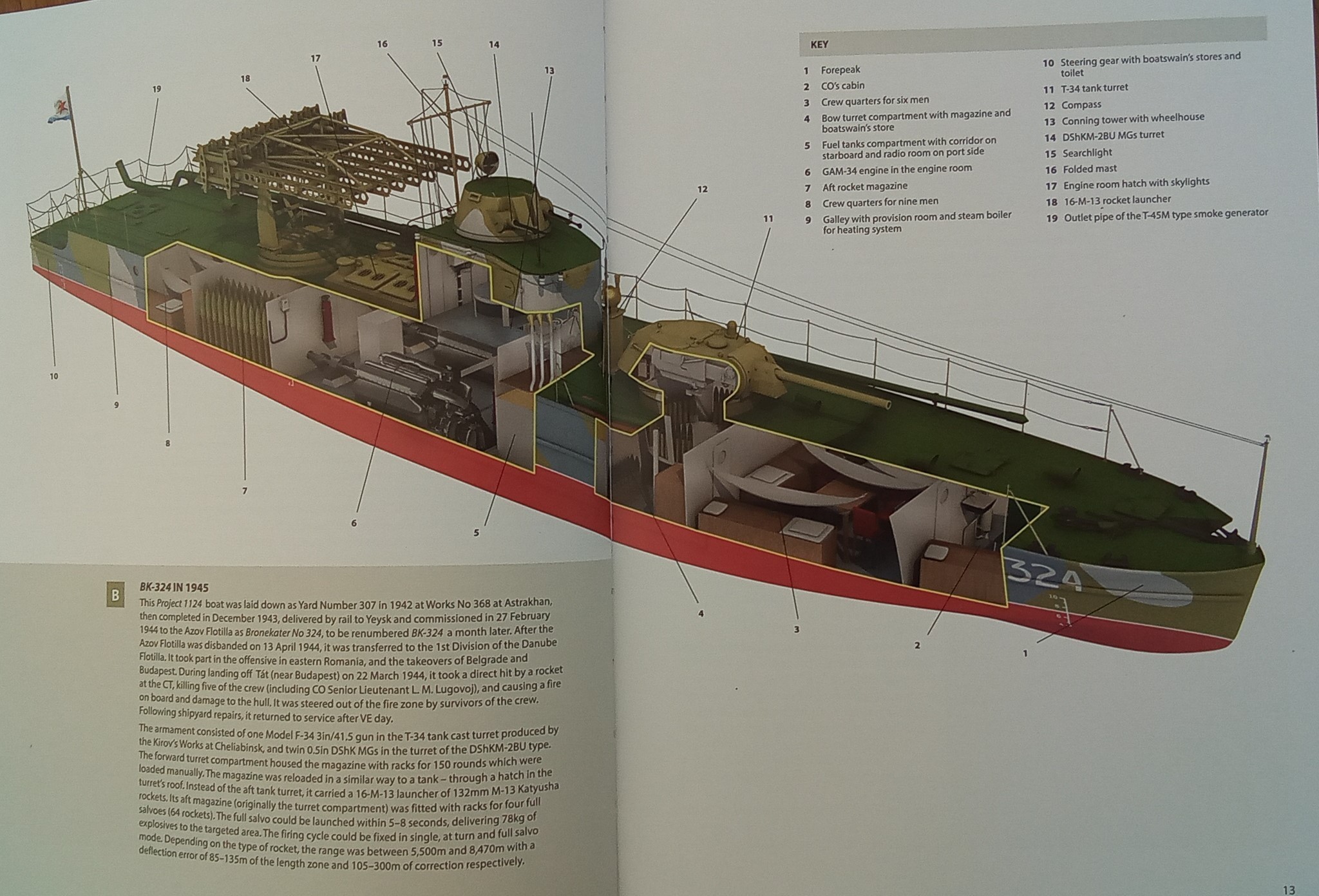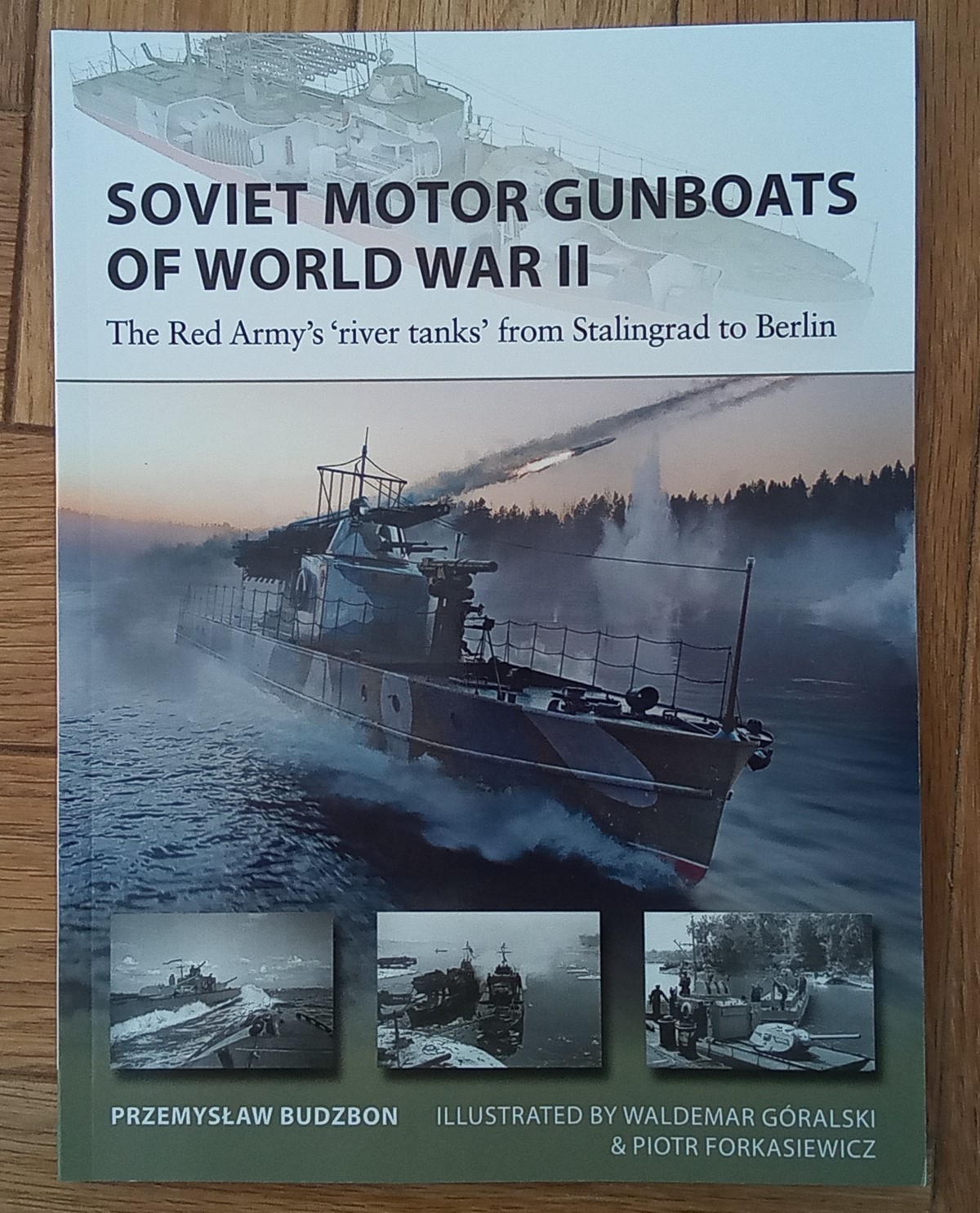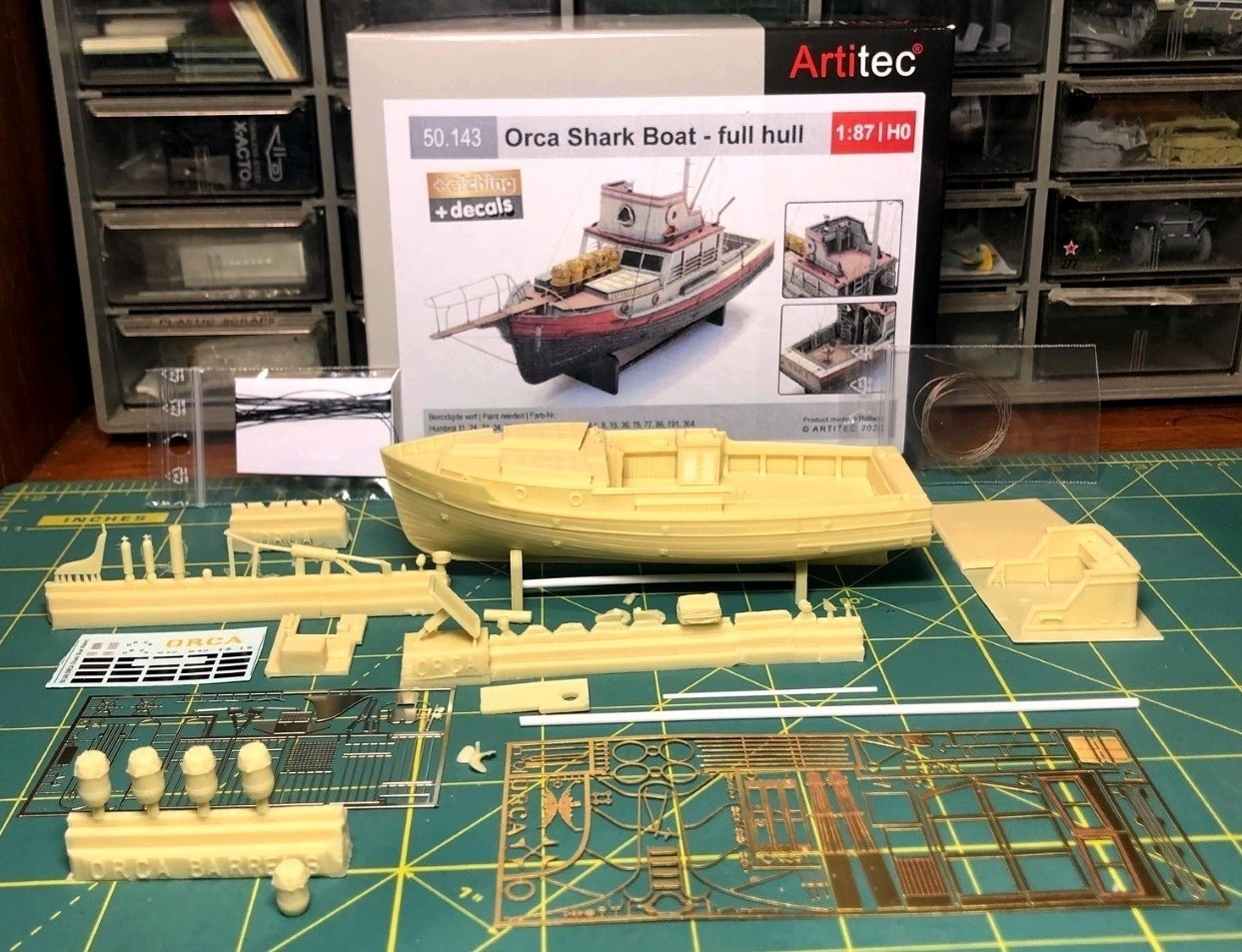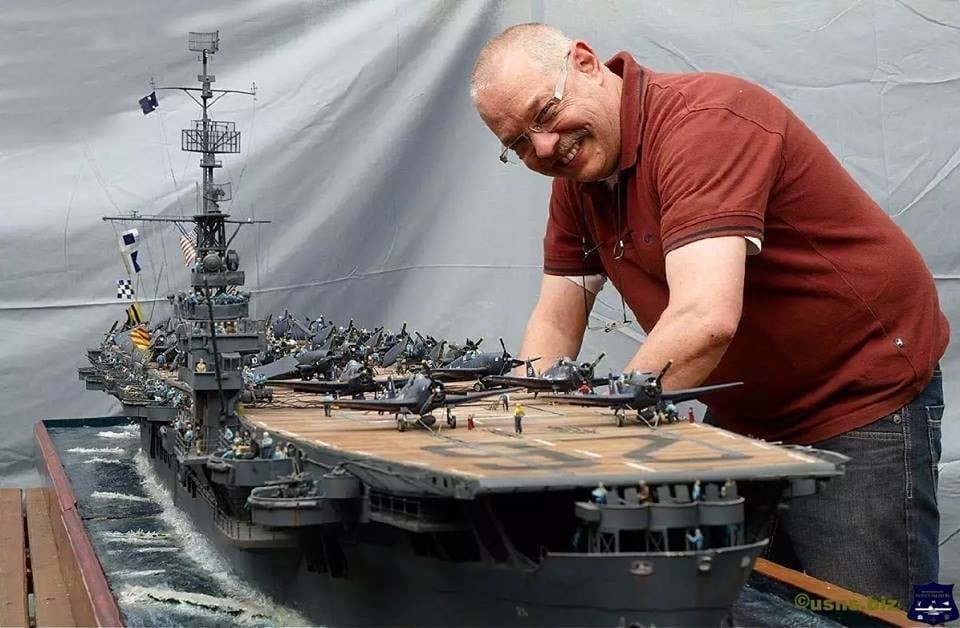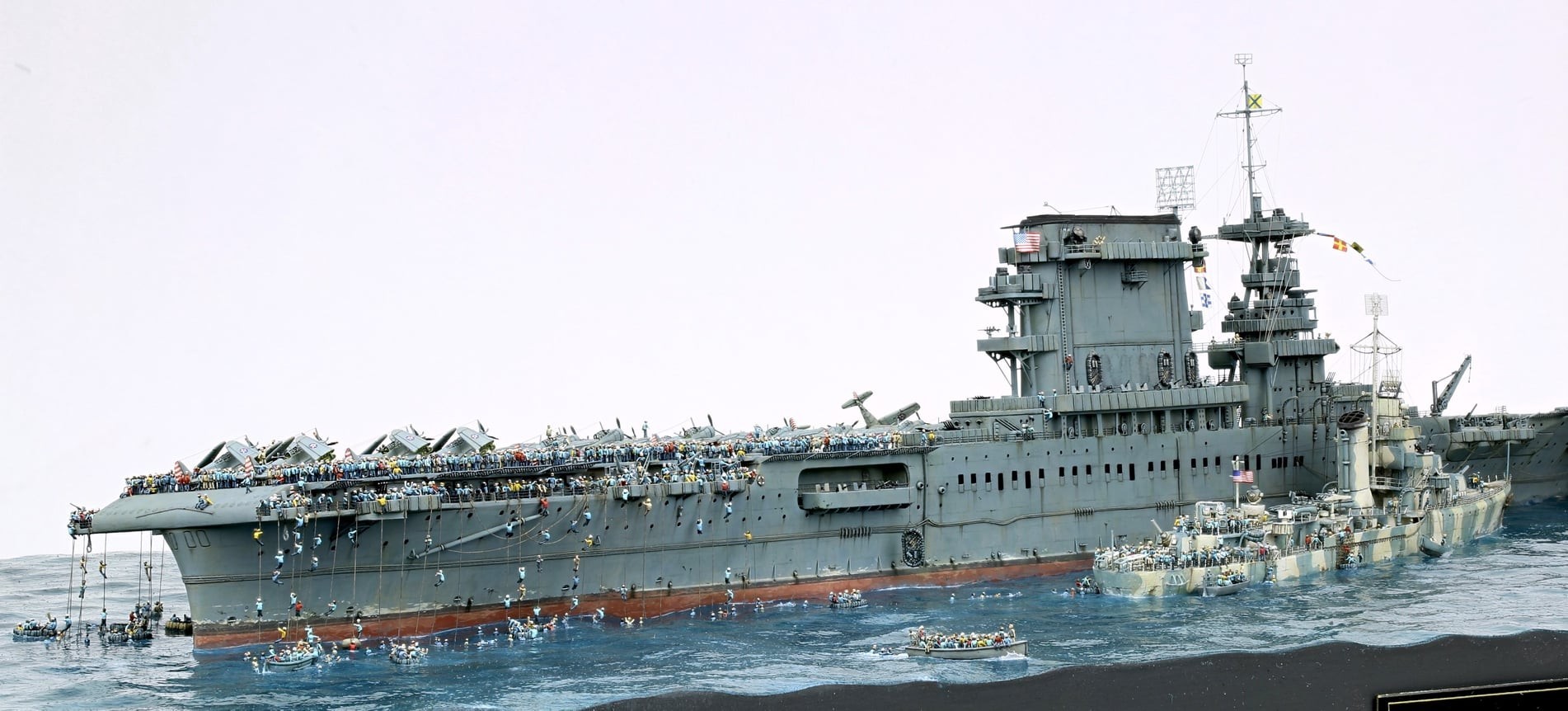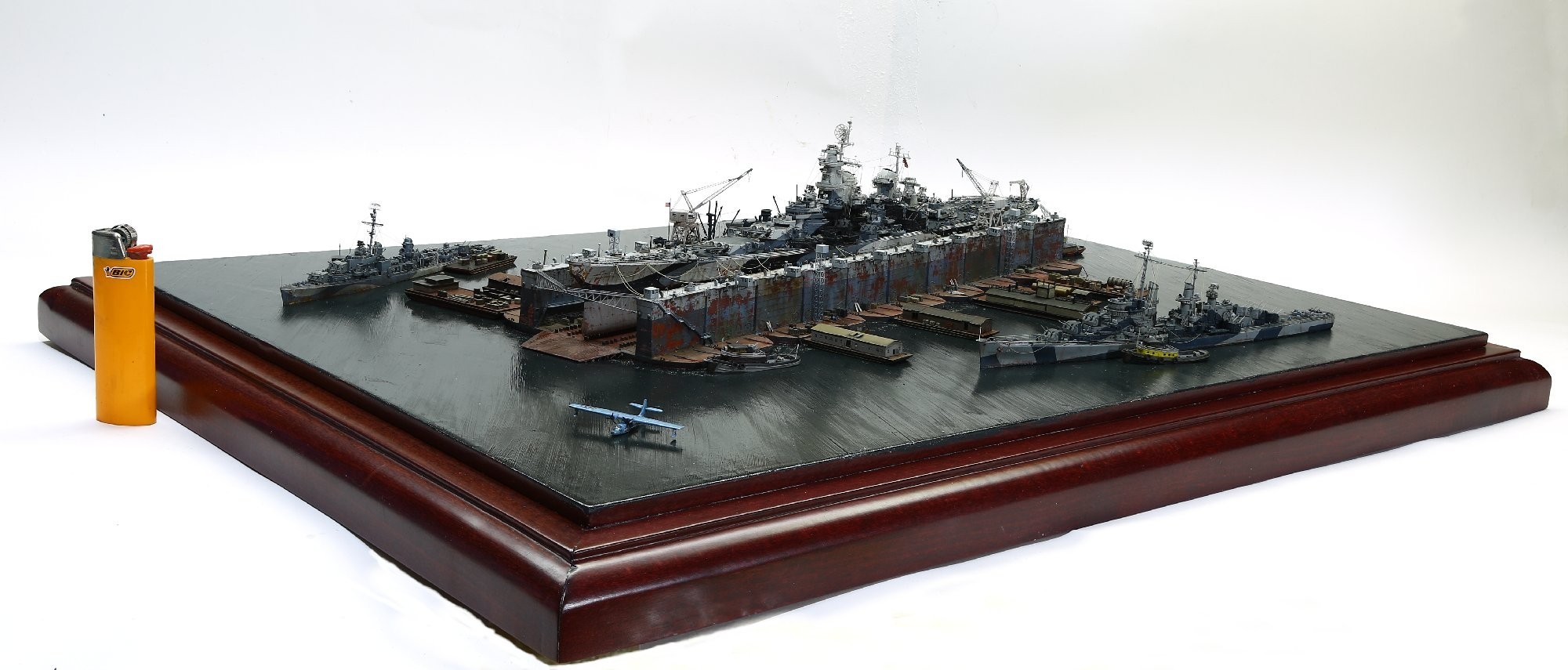Osprey Publications New Vanguard series #324, 48 pages all inclusive, with plenty of images, profiles, and side bars, but no maps.
Russia's enormous river system has long been its highway and, as early as 1908, the Tsar's armies were developing armoured riverboats that brought tank-like mobility, firepower and survivability to Russian battlefields.
This book, the first history of these vessels in English, explains how this concept led to one of the most remarkable naval weapons of World War II, the Soviet 'river tank', or Armoured Motor Gun Boat (AMGB). Highly mobile, capable of carrying up to 20 infantrymen directly into action and providing immediate firepower from their tank turrets, machine guns or Katyusha rockets, their military value was widely recognized. They were versatile enough to be used in naval landing operations off the Gulf of Finland, the Azov Sea and the Black Sea, and their capabilities were prized by local commanders.
Using meticulously researched new colour profiles, rare photos and spectacular artwork, this book uncovers the history of river warfare on the Eastern Front, and the boats that played such a key part in the fighting.
Table of Contents
INTRODUCTION
The river gunboat in Imperial Russia
DEVELOPMENT
Planning
Project 1124
Organization
Project 1125
RIVER TANKS AT WAR
Shoulder to shoulder with Nazi Germany, 1939–41
The German invasion of 1941
The German advance, 1942
Turning point, 1943
The Soviet takeover of Eastern Europe, 1944–45
The Amur Flotilla, 1945
AFTERMATH
River gunboats in The Cold War
Projects of the 190 series
Project 1204
End of an era
CONCLUSION
FURTHER READING
INDEX
The narrative opens with a brief history lesson detailing how the river gunboat came about in Imperial Russia, names a few of the important players involved, for example Iurij Iurevich Benua, and I was immediately impressed with how well written the book is, the detail, and how the narrative flowed. I read this in an evening, with a shot of vodka, and was genuinely interested in the subject by the end of the book.
The book next covers planning, design, and construction of the gunboats, before getting to the crux of the matter, war with Germany, from Babarossa to Berlin; the book then looks at the Cold War and modern developments and deployments of the gunboats, before wrapping it up with a short conclusion.
I was impressed with the chapter dealing with Stalingrad, how the Russians hauled the gunboats out of the freezing river and still used the armaments of the boats against the Germans, particularly the 16-M-13 Katyusha which the author noted was not an especially effective weapon but did wreak havoc with the German soldiers' nerves (and boasted the spirits of the defending troops).
There is good analysis of performance of the boats, how and where they were deployed, how the priority given to gunboats fluctuated from vital to incidental, back to being vital again. This includes a brief mention of the politics of the day in Russia, the purges that adversely impacted design and build, a discussion around cost saving measures, which is socialist speak for skimping on materials and creature comforts for the crew, a look at the evolution of armaments, from WWI cannon, to machine guns, to tank turrets, and finally rocket launchers. For a short book, it packs a lot in.
About my only gripe, if that, is that the title undersells the book; reading the title, 'from Stalingrad to Berlin', you'd think the book only covered 1942-1945; in fact, the book covers the period from Imperial Russia, the second half of the 19th century, through to the very current Russia Ukraine conflict 2022 - 'In total 644 boats of this were built in the Soviet Union during 1936-91, of these 161 were lost during World War II, and reportedly four remained in Russian Service 2022, two on the Caspian and two on the Azov Sea. Of eight boats transferred to Ukraine in 1995, two were active on the Danube in 2022.' p.45 'Conclusion' (in part).
Easily recommended and full credit to Przemyslaw Budzbon (Author), Waldemar Góralski (Illustrator) , Piotr Forkasiewicz (Illustrator) for a great read, well supported with some killer artwork.
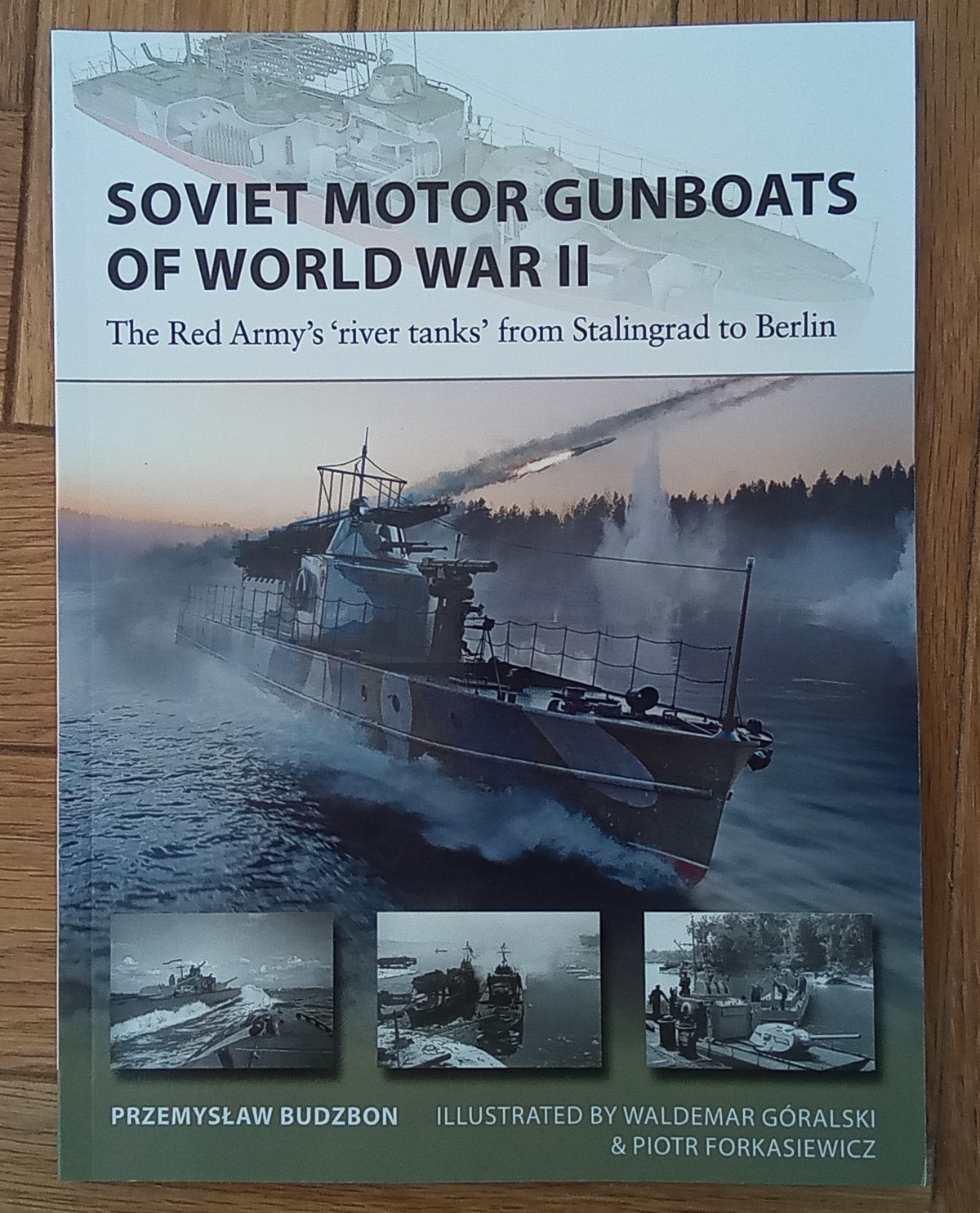
An example of the killer artwork...
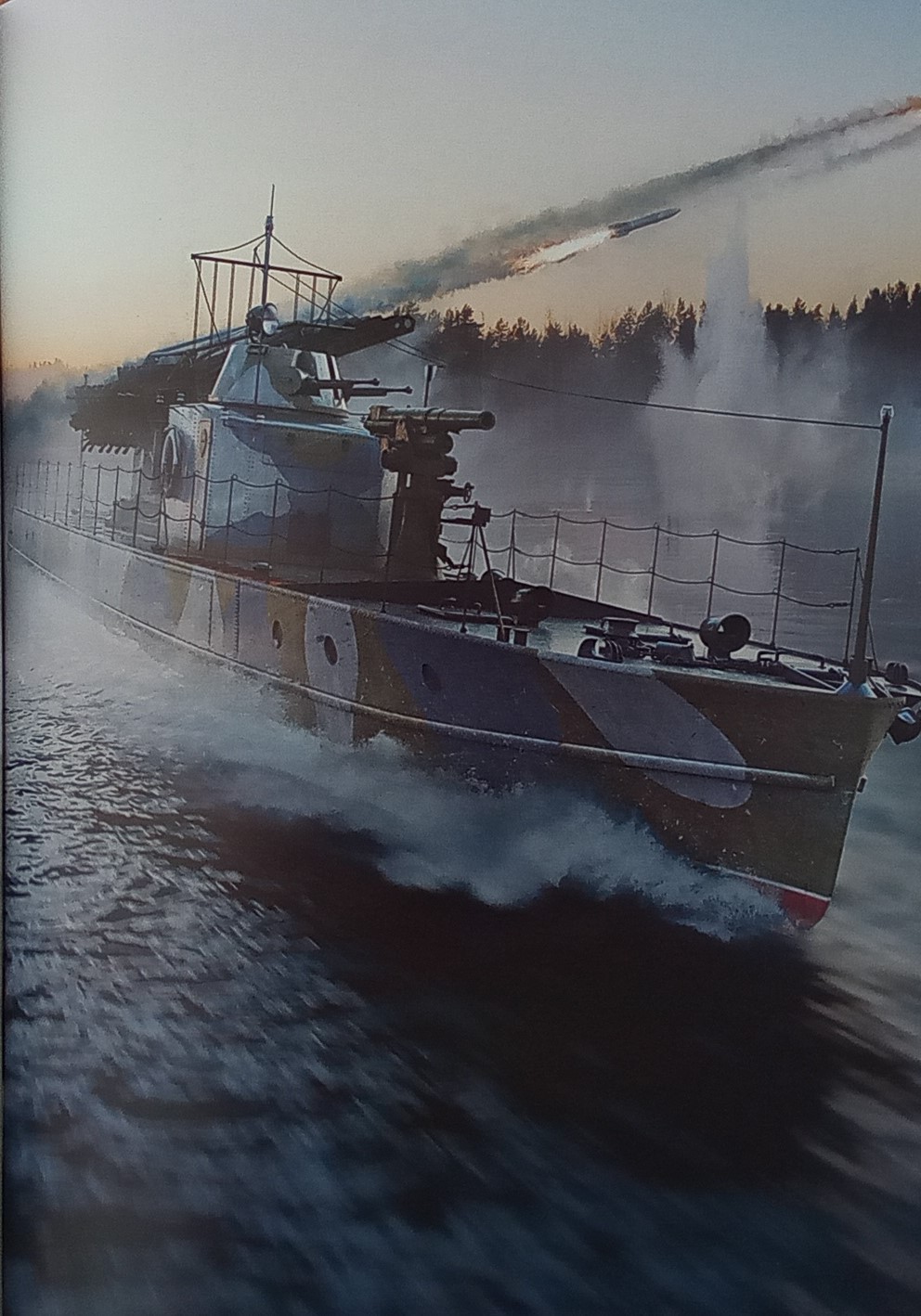
and another,
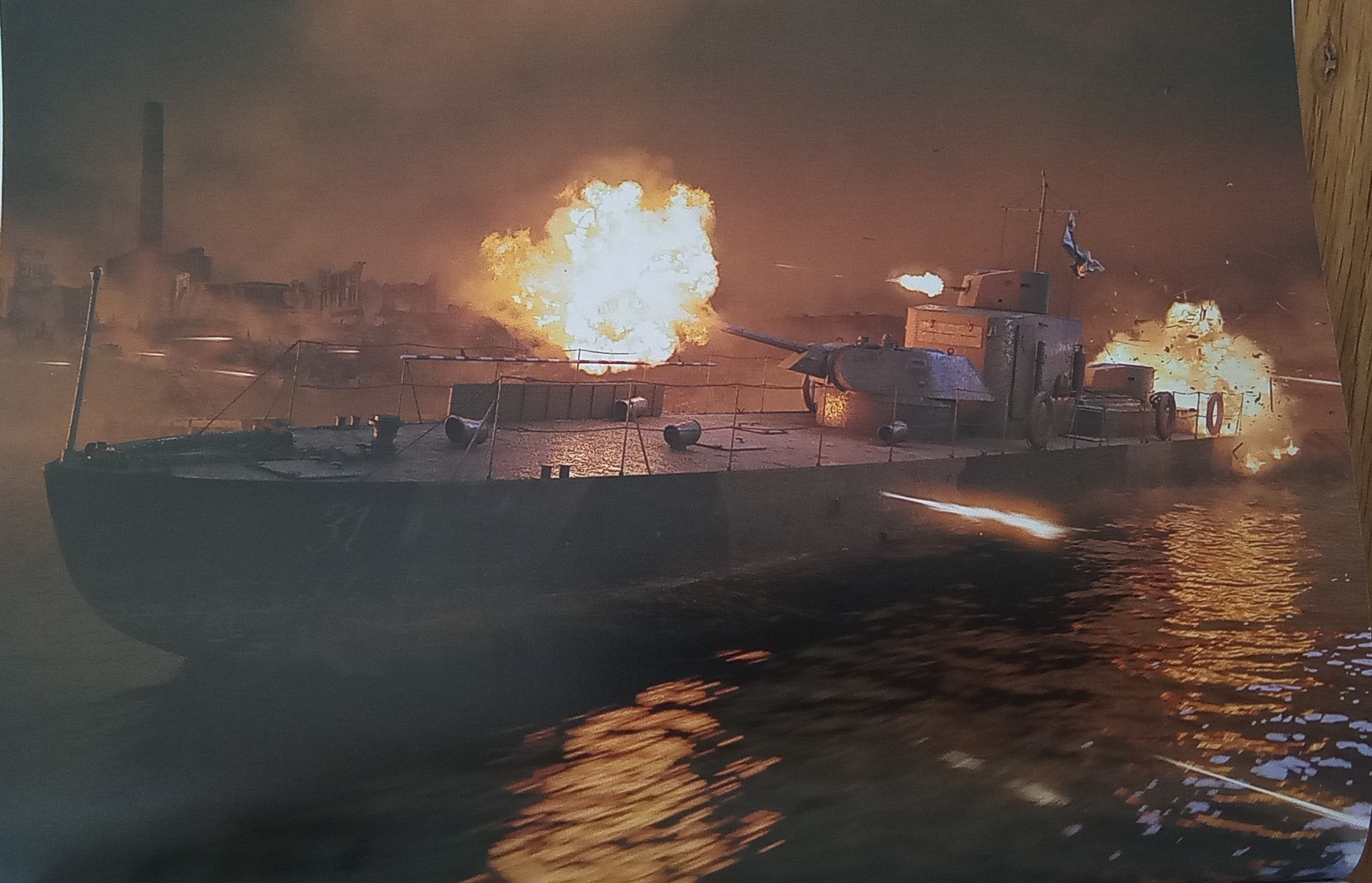
Stalingrad terror
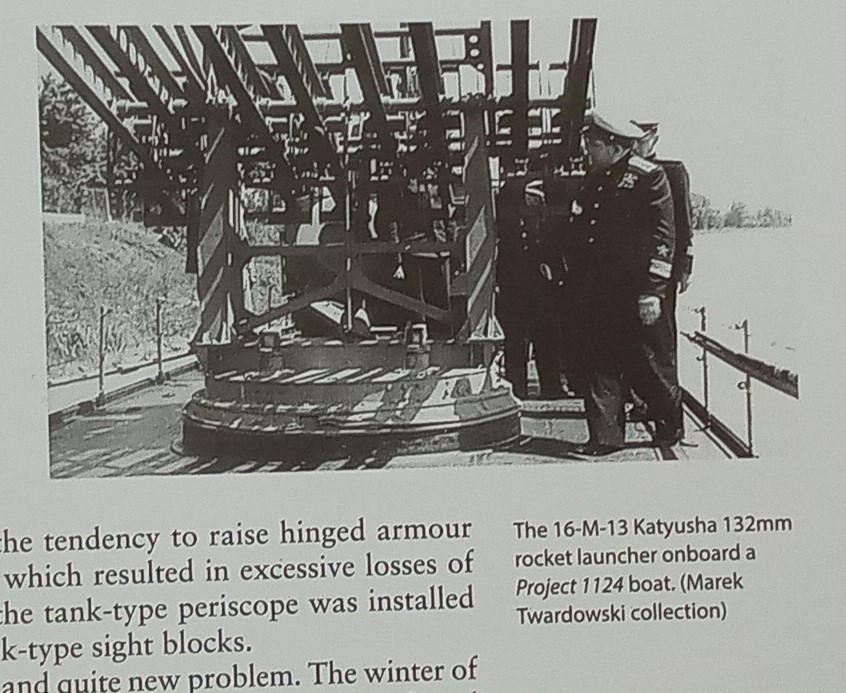
great, clear photographs
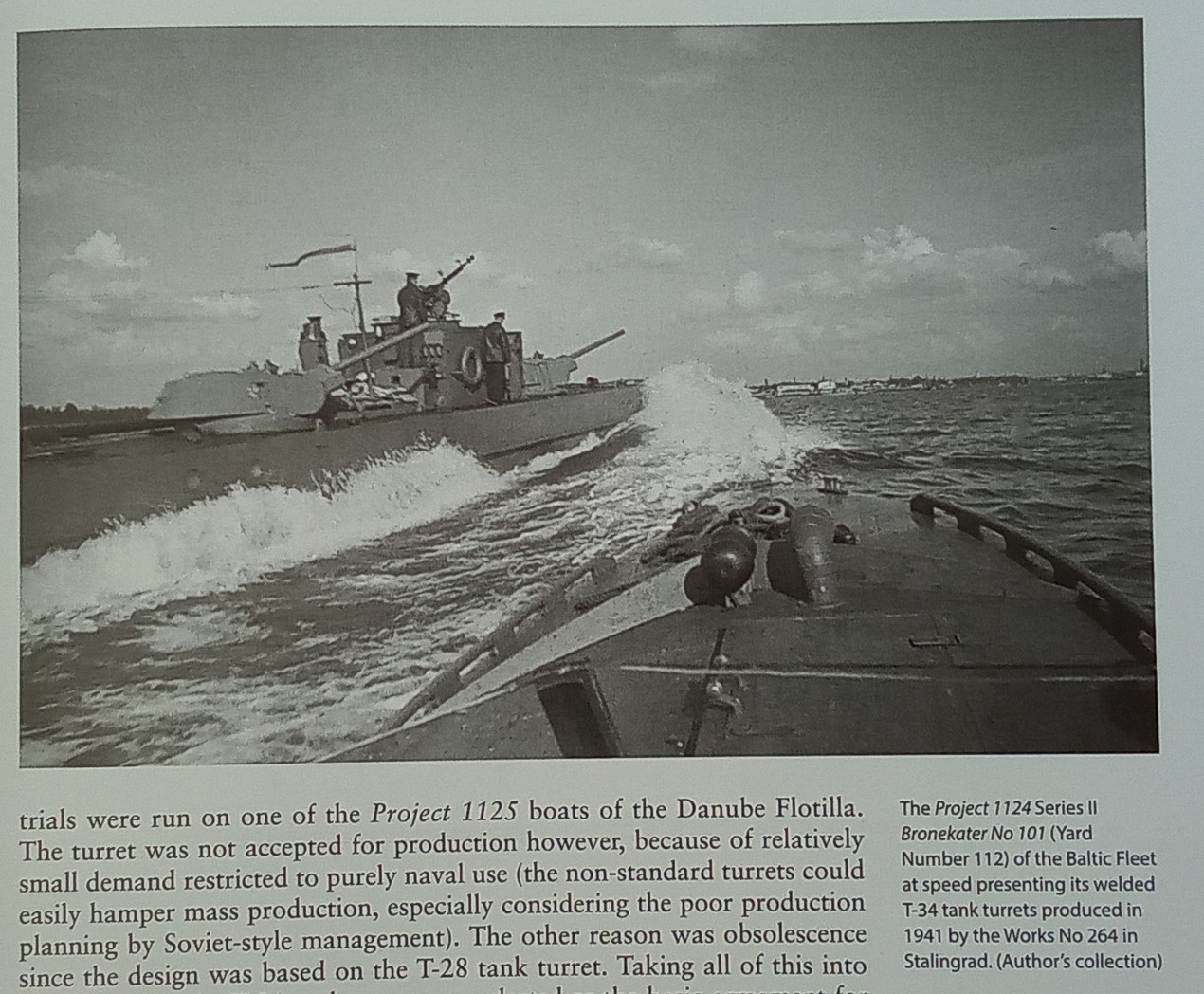
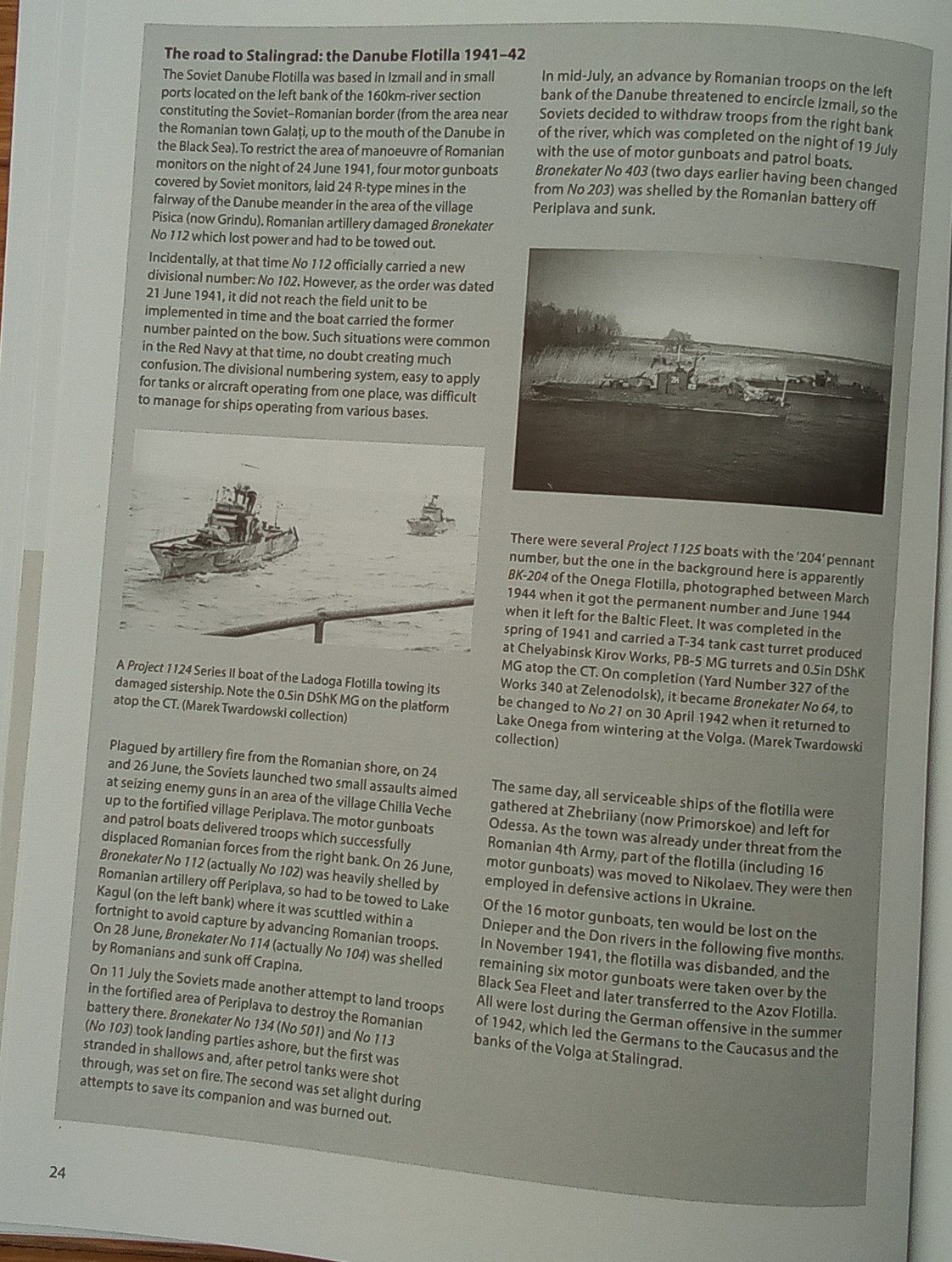
detailed descriptions abound of the ships involved
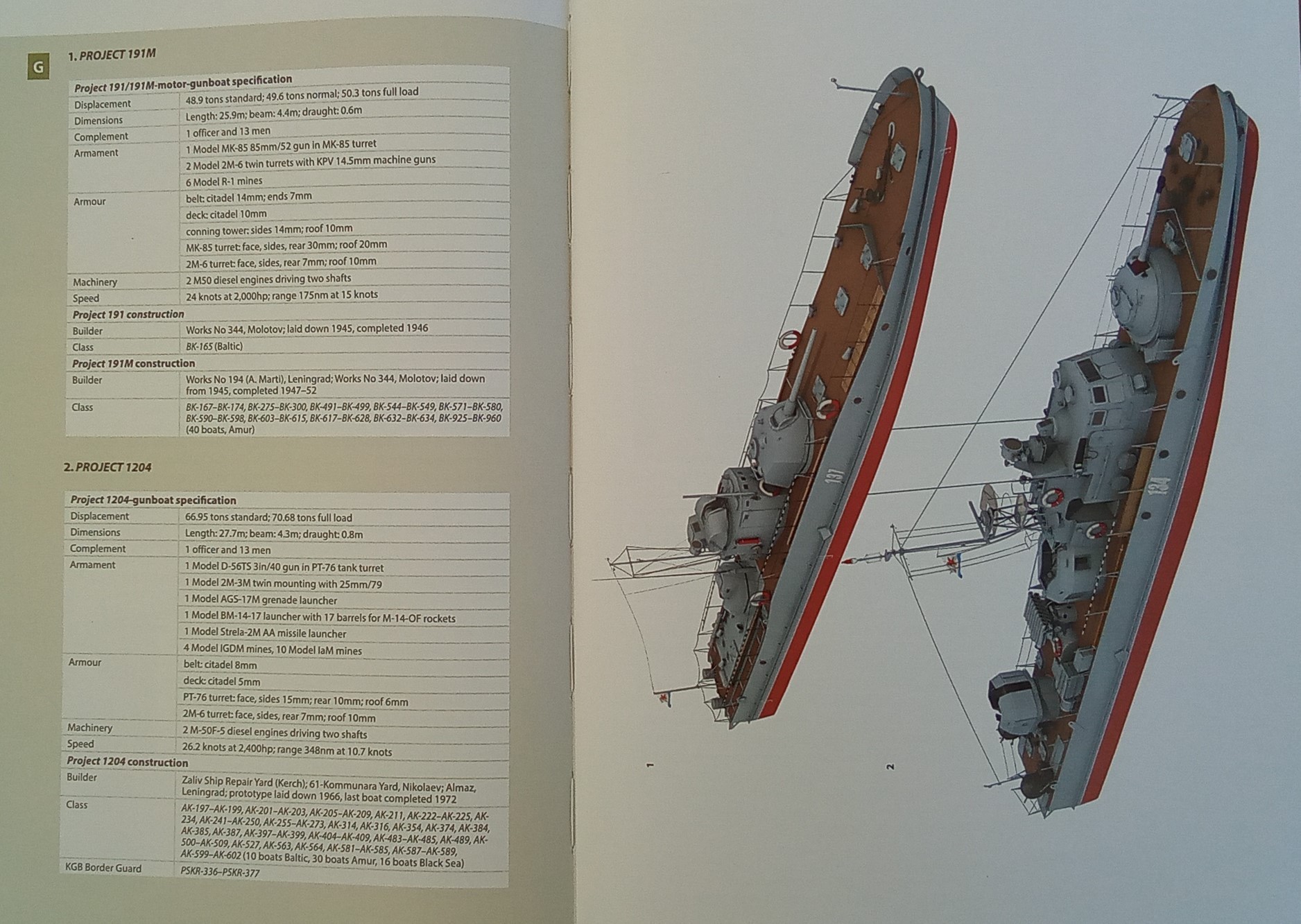
a family tree, note the dates covered which is outside of the Stalingrad-Berlin period.
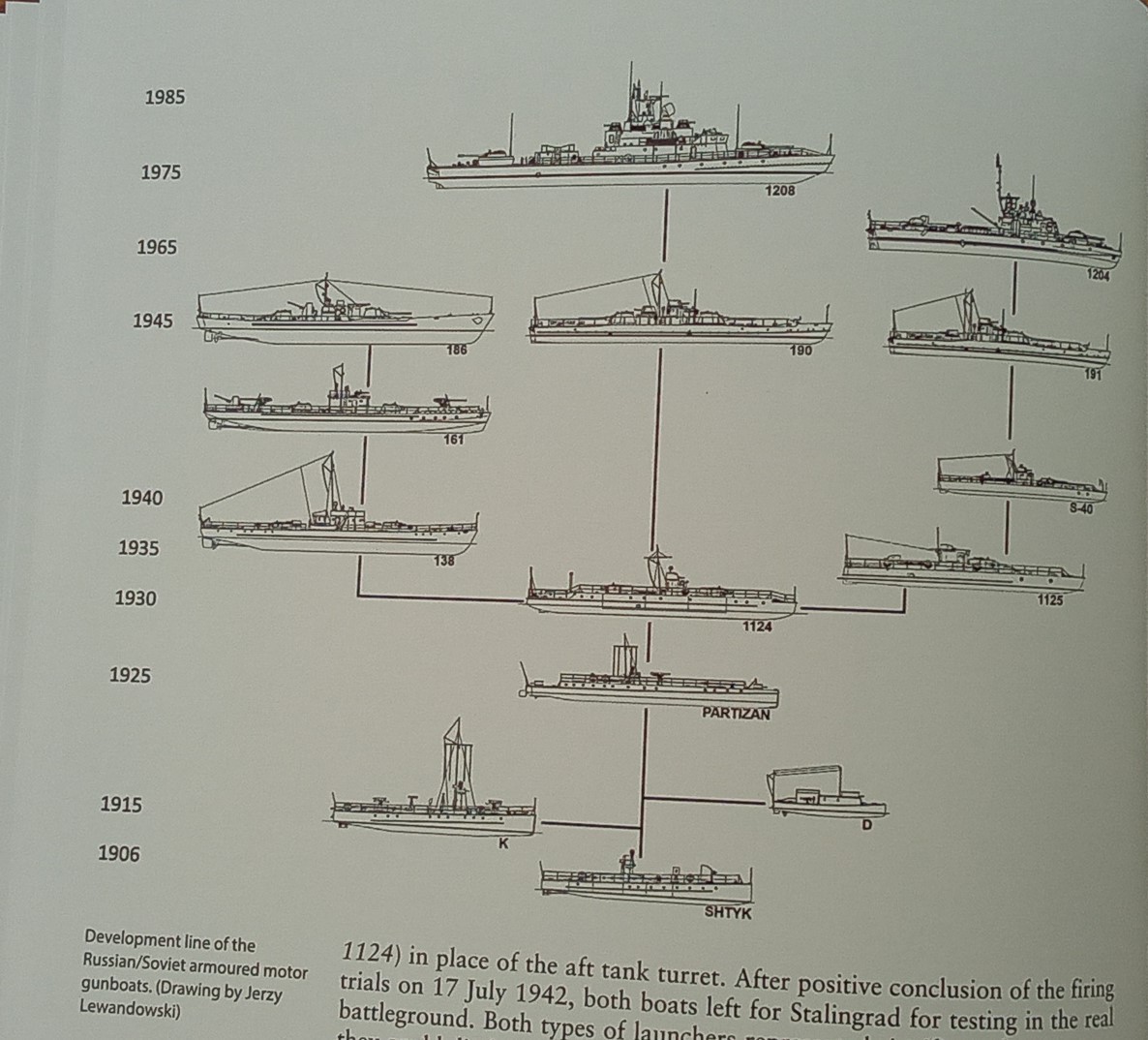
armament profiles
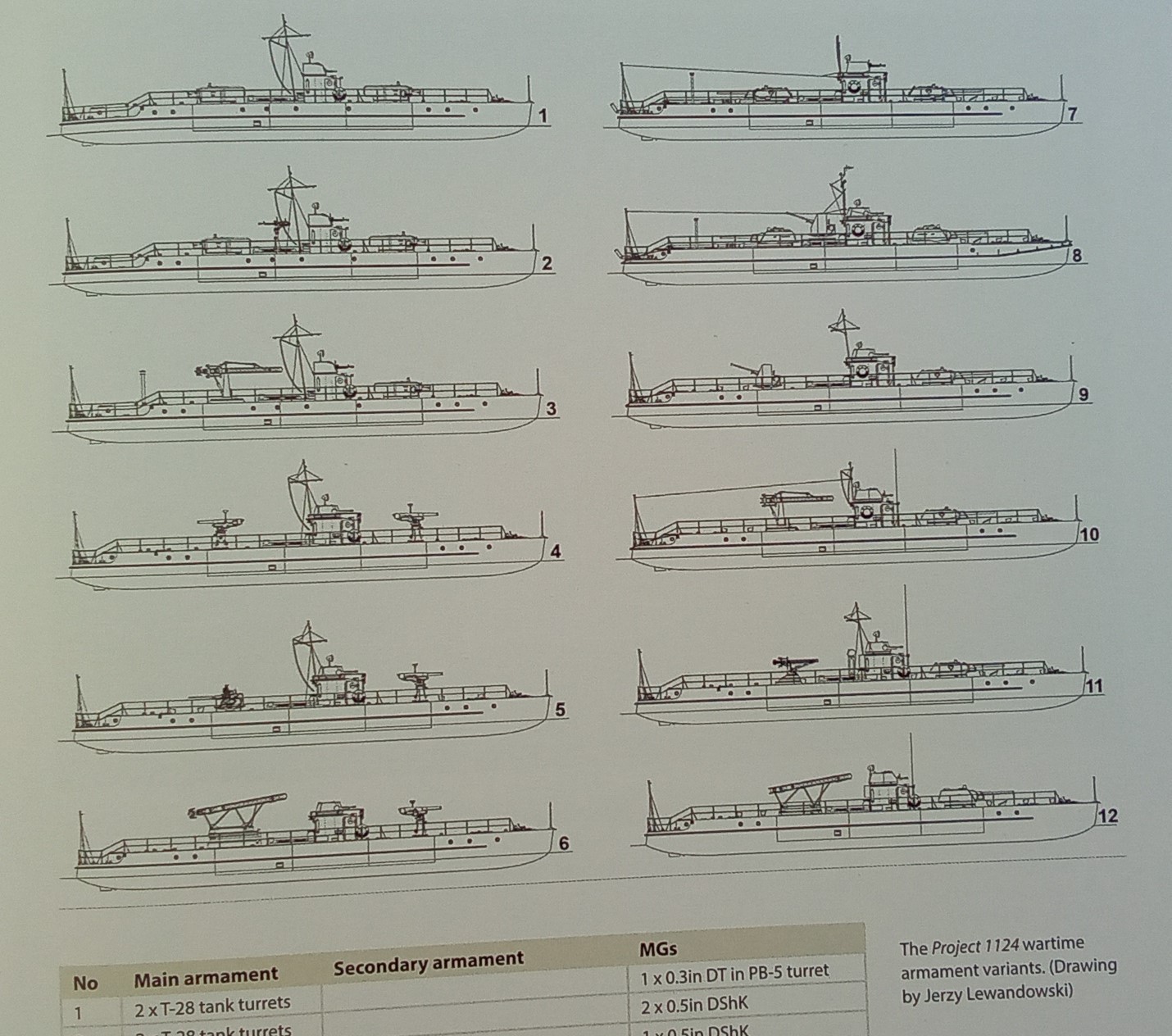
to close, a cut away of a subject boat
